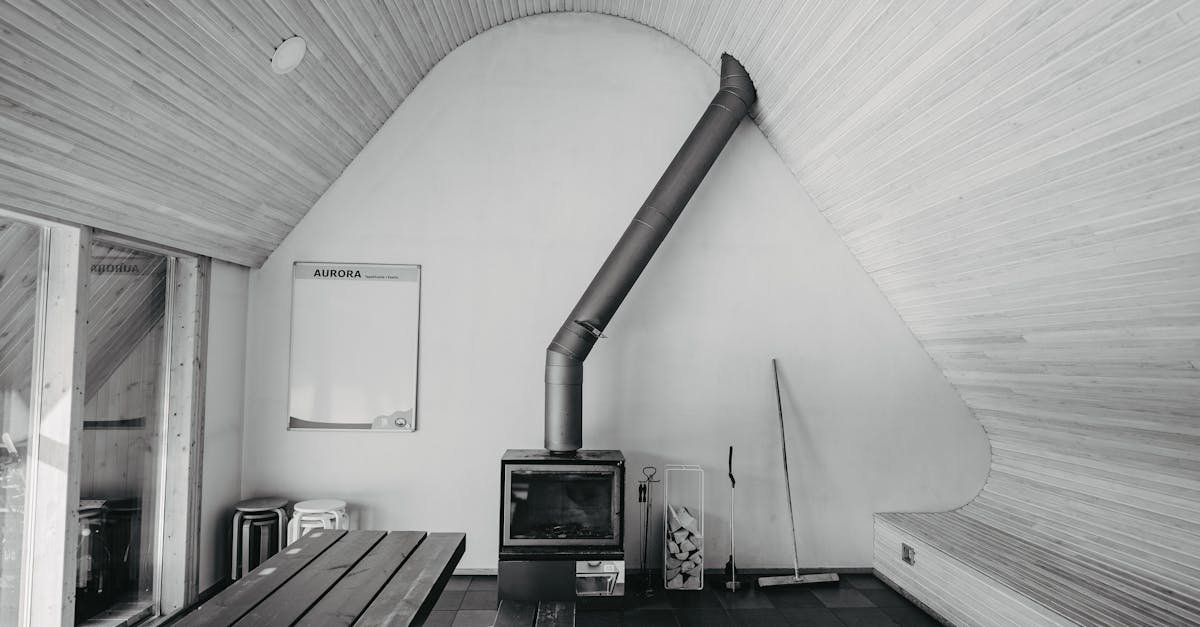Zone heating strategies focus on warming specific areas of your home instead of heating the entire space. By using techniques like programmable thermostats and energy-efficient space heaters, you can significantly reduce your energy bills while maintaining comfort where you need it most.
This targeted approach not only enhances your home’s energy efficiency but also allows you to customize heating based on your lifestyle and daily activities. Whether you’re working from home or enjoying a cozy evening in the living room, implementing zone heating can lead to a more comfortable and cost-effective living environment.
Overview of Zone Heating Strategies
Zone heating optimizes energy efficiency and comfort by dividing your home into specific areas. Each area, or zone, has unique heating and cooling needs. This method allows for precise temperature control.
You can equip each zone with its own thermostat. The thermostat manages motorized dampers, which control the flow of air. These dampers open or close depending on what each zone needs. By directing air only to occupied zones, you reduce energy waste.
A central control panel oversees the entire system. This panel links all thermostat wiring and manages settings for each zone. With a user-friendly interface, you can adjust temperatures easily.
Implementing zone heating strategies can lead to significant energy savings. For instance, studies show that homes with zone heating can save up to 30% on energy bills. This approach not only lowers costs but enhances overall comfort. You enjoy warmth in the most lived-in areas while keeping less-used spaces cooler.
Consider how zone heating aligns with your lifestyle. If you spend most of your time in specific areas, targeted heating meets your needs without overspending.
Benefits of Zone Heating
Zone heating enhances your home’s comfort and efficiency. By focusing heat where it’s needed most, it improves both your living space and energy usage.
Energy Efficiency
Zone heating systems optimize energy use by directing heat to specific areas. They allow you to focus warmth in high-traffic rooms like living spaces and kitchens. This targeted heating reduces the energy needed for less occupied areas, such as guest rooms and storage rooms. Studies show that these systems can cut energy consumption, promoting a sustainable lifestyle. When you heat only occupied spaces, you avoid wasting energy and lower your carbon footprint. Also, reducing the workload on your HVAC system prolongs its lifespan, minimizing the need for costly repairs or replacements.
Cost Savings
Using zone heating can lead to significant cost savings on your energy bills. By concentrating heat in the rooms you use most, you lower the overall amount of energy consumed. Reports indicate that homeowners can save up to 30% on heating costs by utilizing a zoned approach. Further savings come from extended HVAC system life, as less wear and tear means fewer maintenance expenses. With programmable thermostats, you gain more control. You can set unique schedules for different zones based on your daily routine, ensuring that you heat only when necessary. Overall, the upfront investment in zone heating pays off quickly through ongoing energy savings.
Types of Zone Heating Strategies
Zone heating strategies focus on warming specific areas within your home. You can choose from various methods based on your needs. Here are some popular types:
Electric Zone Heating
Electric zone heating uses electric heaters to warm targeted areas in your home. This method suits homes without central heating or where extra warmth is needed. Electric heaters are often thermostatically controlled. This means you can set different temperatures for each area. It’s particularly effective in well-insulated homes. You’ll notice energy savings, especially in rooms used less frequently.
Hydronic Zone Heating
Hydronic zone heating relies on a system of pipes to distribute hot water or steam. This approach efficiently heats different areas of your home. It pairs well with a boiler or heat pump for optimal performance. The hot water circulates through the pipes, delivering warmth directly to each zone. This method can offer a consistent and pleasant warmth, reducing energy costs when well-implemented.
Forced Air Systems
Forced air systems heat specific zones using a network of ducts and vents. You can adjust the airflow with dampers, directing heat where it’s needed most. These systems allow for quick temperature changes, offering comfort during cold months. Programmable thermostats help manage settings for each zone, creating personalized environments. They are flexible and can enhance overall efficiency when used correctly.
Implementing Zone Heating in Your Home
Implementing zone heating requires careful planning and consideration. You’ll need to analyze your space and choose the right system to optimize comfort and efficiency.
Assessing Your Space
Assessing your space helps tailor your heating approach. Key factors include:
- Identify Usage Patterns: Observe which areas you use most often. For instance, the living room might see high traffic during the day, while bedrooms could be busier at night.
- Environmental Factors: Evaluate how sunlight and insulation affect your home. Rooms that receive direct sunlight often require less heating during the day. Rooms with poor insulation might need extra warmth.
- Multi-Level Homes: If your home has multiple levels, consider creating separate heating zones for each floor. Heat rises, so upstairs areas may be warmer than downstairs. Proper zoning can help maintain even temperatures throughout your home.
Choosing the Right System
Choosing the right heating system depends on your home’s layout and your heating needs. Consider these common options:
- Electric Zone Heating: Electric heaters provide targeted warmth. They work well in well-insulated spaces, allowing for quick, efficient heat.
- Hydronic Zone Heating: This system uses hot water or steam. It flows through pipes to deliver consistent warmth. This method suits larger homes and offers even heat distribution.
- Forced Air Systems: These systems use ducts and vents. They direct heat where needed, making adjustments simple. Highly effective for homes already equipped with ductwork.
Selecting the proper system enhances both efficiency and comfort in your home. Each option can be tailored to meet specific needs, ensuring a comfortable, energy-efficient living space.
Potential Challenges and Solutions
Zone heating comes with challenges that require careful solutions. Addressing them ensures comfort and efficiency.
Installation Issues
Installation of zone heating systems can face hurdles. You may encounter difficulties in retrofitting existing homes. Older structures often lack ductwork or suitable infrastructure. Using a professional installer helps overcome these problems. They can assess your home and recommend suitable options, ensuring optimal setup.
You might consider using modular systems, which don’t require extensive renovations. These systems provide flexibility and ease of installation. Using smart zoning controllers can also simplify the setup. They allow for easy adjustments without major changes to your home.
Maintenance Considerations
Maintenance is crucial for zone heating efficiency. You’re responsible for regular checks on thermostats and heaters. Dirty filters can hinder performance, leading to increased energy costs. Clean or replace filters every month to keep everything running smoothly.
Consider scheduling professional inspections annually. An expert can identify issues before they become major problems. Keeping ducts sealed ensures maximum efficiency and maintains comfort. If you notice uneven heating or strange noises, address these problems quickly. Quick actions can prolong the system’s lifespan and enhance performance.
Conclusion
Embracing zone heating strategies can transform your home into a more comfortable and energy-efficient space. By focusing on the areas you use most, you not only enhance your comfort but also achieve significant savings on your energy bills. With the right system in place and careful planning, you can tailor your heating to fit your lifestyle.
Don’t overlook the importance of regular maintenance and professional installation to ensure optimal performance. By investing in zone heating, you’re making a smart choice for both your comfort and the environment. Enjoy the benefits of a cozy home while reducing your carbon footprint and energy costs.








